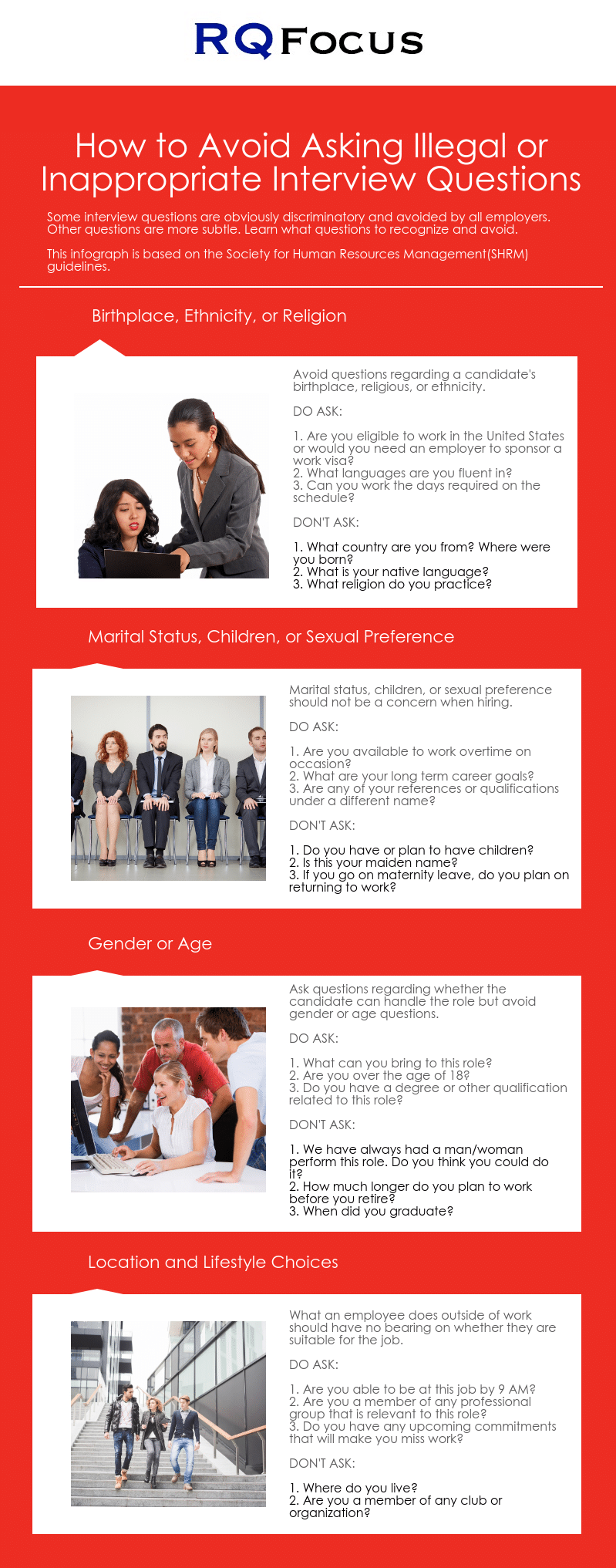How-To Build Strong Leadership Skills

Strong leadership is a learned skill. Depending on the type and size of business, there are always methods to improve. Whether you are a business owner, executive, or manager, it is important that you are always analyzing your team’s response to your management.
The following methods could help you improve your leadership. Doing so can lead to happier and more productive employees.
Be a Positive Role Model
Do not expect your employees to work any harder than yourself. Employees often use management as criteria for their own work ethic. When you are working, think about how you would like your employees to act. If you are on Facebook every hour then you cannot get frustrated with employees who are constantly checking their social media notifications.
Find a Mentor
Nobody knows it all. Find a mentor who has also served as a business leader. You can seek tips and guidance from their experience.
Encourage Creativity
If employees are given the flexibility to use creative thinking, you may be surprised by the insight that they can bring to the table. Creative thinking can be intimidating for many employees. However, new ideas could be what makes your company unique among competition.
How to Influence Creative Thinking in the Workplace
- Use an “idea first, measurement second” mindset. Eventually your company must be data-driven but allow flexibility for new ideas.
- Use innovation teams to come up with new ideas.
- Reward employee with bonuses if their idea is used.
- Create a positive work environment so employees feel comfortable expressing their ideas without criticism.
Study Past Leaders
Most business leaders spend their time looking forward. Unfortunately, some of your most valuable lessons can be learned from the past. Study past leader’s successes and failures. After all, history repeats itself.
Great Modern Entrepreneurs to Learn From
- Elon Musk
- Steve Jobs
- Oprah Winfrey
- Walt Disney
- Bill Gates
Be Humble
Great leaders admit their mistakes and share credit for successes. If you play the blame game, eventually your employees will look for employment elsewhere. People want to feel respected.
Communicate Effectively
As a leader, you probably get very busy. Nevertheless, you cannot build a great team without maintaining time to communicate with your team.
Occasionally, ask your employees how they are doing. Your employees should feel comfortable confronting you with questions and concerns.
Strong leaders can build great companies. If you are in a leadership position, focus on improving your skills to help lead your company to success.
















